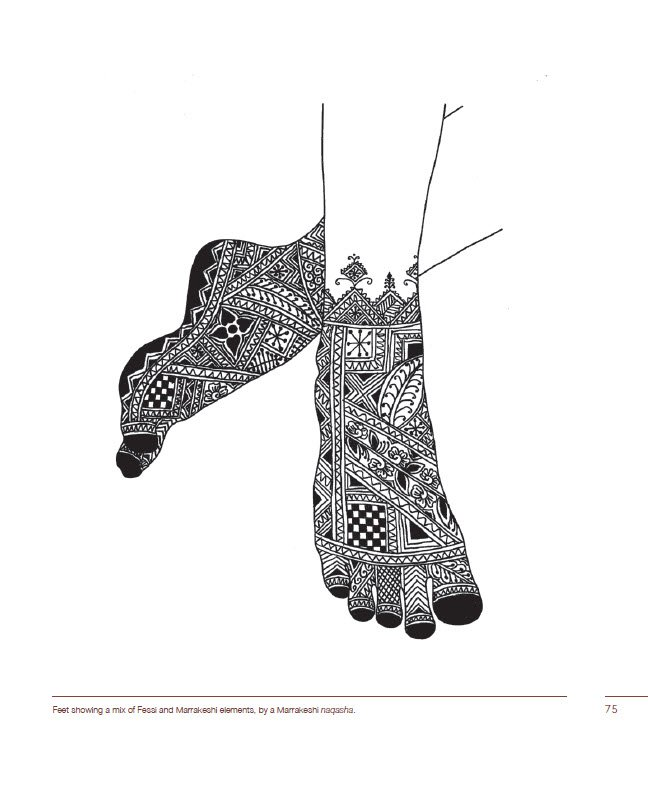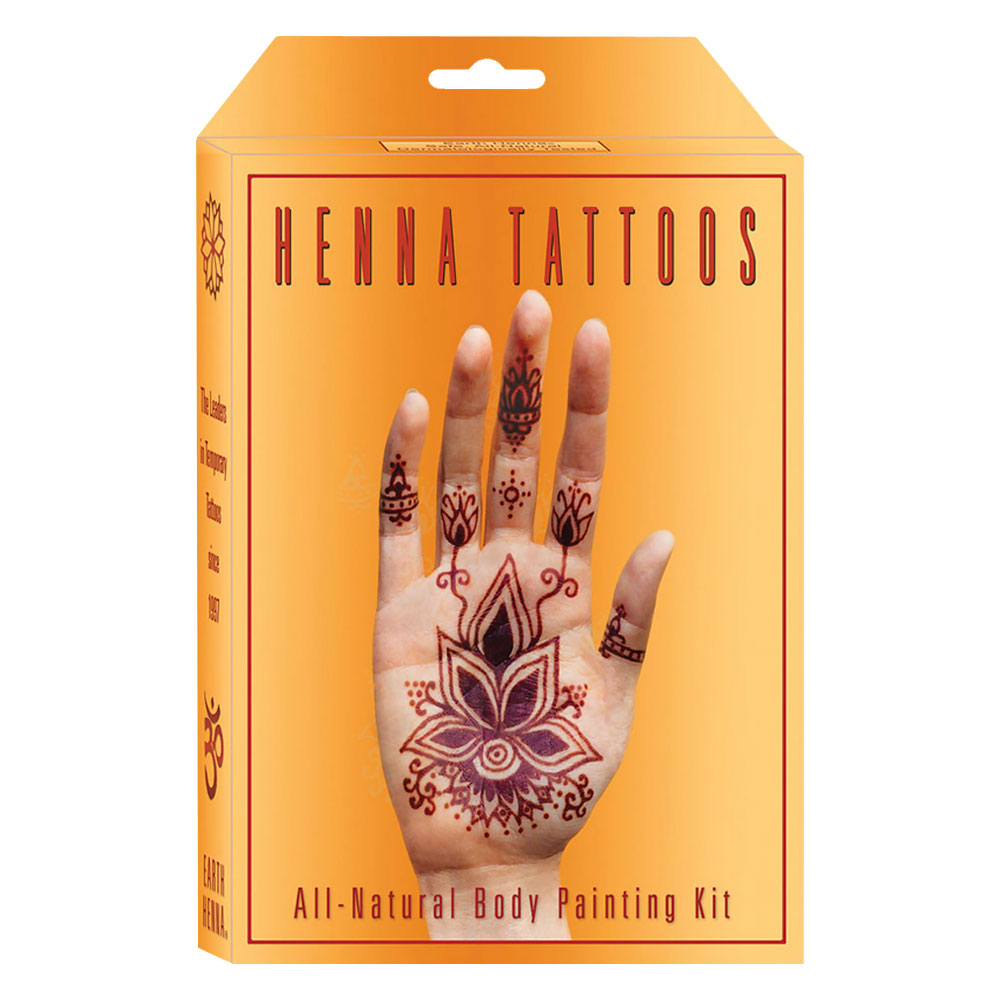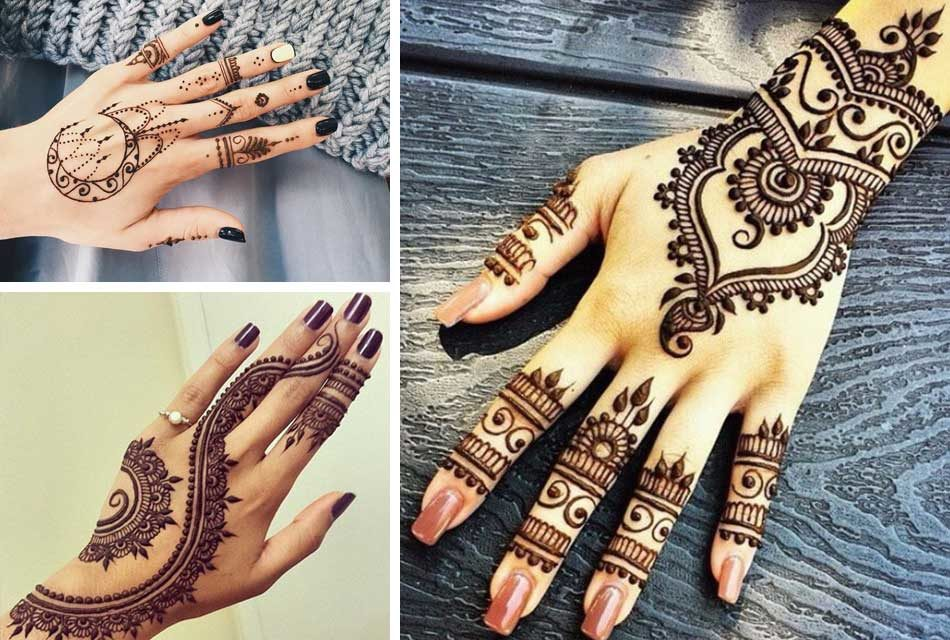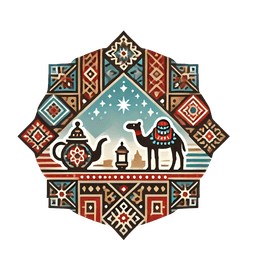- Published on
Moroccan Henna Ancient Art of Body Decoration
- Authors

- Name
- Adil ABBADI
Introduction
In the vibrant souks of Morocco, amidst the colorful textiles and aromatic spices, lies a hidden treasure that has been a cornerstone of Moroccan culture for centuries – Henna. Moroccan Henna, also known as Henna art, is an ancient art form that has been used for body decoration, spiritual expression, and as a symbol of beauty and blessings. In this blog, we'll delve into the fascinating world of Moroccan Henna, exploring its history, cultural significance, and the various ways it's used in modern times.
- A Brief History of Moroccan Henna
- The Symbolism of Moroccan Henna
- The Art of Applying Moroccan Henna
- Traditional Moroccan Henna Designs
- Modern Uses of Moroccan Henna
- Morocco's Henna Artists
- Conclusion
- Embrace the Beauty of Moroccan Henna
A Brief History of Moroccan Henna
Henna has been used for over 4,000 years, with its origins dating back to ancient Egypt, India, and the Middle East. In Morocco, Henna was introduced by the Arabs in the 7th century and quickly became an integral part of Moroccan culture. The art of applying Henna was passed down through generations, with each region developing its unique style and techniques.

The Symbolism of Moroccan Henna
In Moroccan culture, Henna is more than just a form of body decoration – it's a symbol of blessings, good fortune, and spiritual well-being. The intricate designs and patterns are believed to bring happiness, prosperity, and protection to the wearer. In Moroccan weddings, Henna is an essential part of the ceremony, with the bride's hands and feet adorned with intricate designs to bring good luck and fertility.
The Art of Applying Moroccan Henna
The art of applying Moroccan Henna is a delicate process that requires great skill and patience. The Henna paste is made from the leaves of the Lawsonia inermis plant, which is mixed with essential oils and other ingredients to create a vibrant, reddish-brown color. The design is then applied to the skin using a small, cone-shaped tube, with the artist carefully crafting the intricate patterns and motifs.

Traditional Moroccan Henna Designs
Moroccan Henna designs are known for their intricate patterns, geometric shapes, and floral motifs. Some of the most popular designs include:
- Khamsa: A symbol of good luck and protection, often depicted as an open right hand.
- Arabesque: Intricate floral patterns that adorn the hands and feet.
- Berber: Tribal designs that reflect the rich cultural heritage of Morocco's indigenous people.

Modern Uses of Moroccan Henna
In recent years, Moroccan Henna has gained popularity worldwide, with many people incorporating it into their beauty routines and fashion statements. From temporary tattoos to hair dye, Henna has become a versatile and natural alternative to traditional beauty products.
Morocco's Henna Artists
Morocco is home to some of the most talented Henna artists in the world, with many women passing down their skills from generation to generation. These artists are not only skilled in the art of Henna application but are also custodians of Morocco's rich cultural heritage.

Conclusion
Moroccan Henna is a timeless art form that continues to captivate people around the world. Its rich history, cultural significance, and beauty make it a unique and fascinating aspect of Moroccan culture. Whether you're looking to adorn your body with a temporary tattoo or simply want to experience the rich cultural heritage of Morocco, Moroccan Henna is an experience not to be missed.
Embrace the Beauty of Moroccan Henna
In conclusion, Moroccan Henna is more than just a form of body decoration – it's a symbol of Moroccan culture, tradition, and beauty. Whether you're looking to experience the rich cultural heritage of Morocco or simply want to add a touch of elegance to your beauty routine, Moroccan Henna is the perfect way to do so. So why not embrace the beauty of Moroccan Henna and discover the magic of this ancient art form for yourself?
